Gardening in zone 7 can be incredibly rewarding. However, figuring out the best times to plant your favorite vegetables and root crops like onions can require some perseverance and research. If you’re a budding or experienced gardener looking for tips on when to plant onions in zone 7, then this blog post is perfect for you! In this post, we’ll explain the ideal time frame for planting Onions according to USDA’s Plant Hardiness Zones so you can grow a successful crop of delicious onion bulbs each season. So if you want to enhance your garden production with sweet onions galore, read on as we lay out when to plant Onions in zone 7!
What is a Growing Zone?
A growing zone is a geographic area defined by the United States Department of Agriculture (USDA). The USDA assigns each region in the U.S. with a number, which is used to identify its climate and determine what types of plants are best suited for that particular area. [1]
Knowing your growing zone can help you decide when to plant certain crops and flowers and what varieties will thrive in your area. For example, if you live in a warm climate with long summers, you may be able to choose drought-tolerant plants that require less water or more heat-resistant varieties of flowers.
In addition to providing information on what plants are best suited for a particular area, knowing your growing zone can also help you determine when to plant certain crops or flowers. Different crop varieties have different planting times and growth cycles.
By understanding your growing zone and the climate you live in, you can better understand which varieties are best suited for your area and when to plant them. This can help maximize the productivity of your garden while avoiding costly mistakes from planting too early or too late. [2]
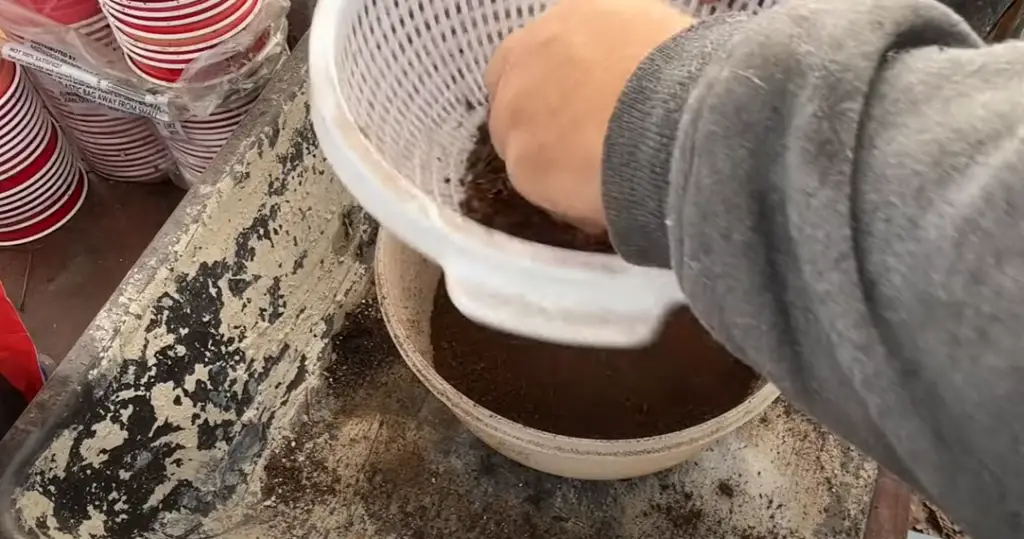
Advantages and Disadvantages of Growing Zone 7?
Zone 7 is the seventh of the 11 hardiness zones in the United States. It’s generally considered to be a temperate zone, with a climate that can support many different kinds of plants and vegetables. But just like with any other growing zone, there are both advantages and disadvantages to consider when deciding if zone 7 is right for you. [3]
Pros:
- Zone 7 typically has moderate temperatures throughout the year, meaning that gardeners don’t have to worry about extreme weather conditions damaging their plants.
- The area is also known for having high levels of rainfall, meaning plants can get all the water they need without needing additional irrigation.
- There is also a good variety of soil types available in zone 7, enabling gardeners to find just the right soil for their plants.
- The area also tends to have fewer pests and diseases than other zones, allowing plants to grow healthy and strong.
Cons:
- Zone 7 can experience severe weather conditions at times, including high winds and heavy rains that can damage gardens.
- The area can also experience extended dry spells that can put stress on many plants and make it difficult for them to survive.
- The soil in zone 7 is often rocky, making it difficult to work with and not ideal for growing certain types of plants.
- While there are fewer pests and diseases in zone 7, they can still be a problem and can damage or kill plants. [4]
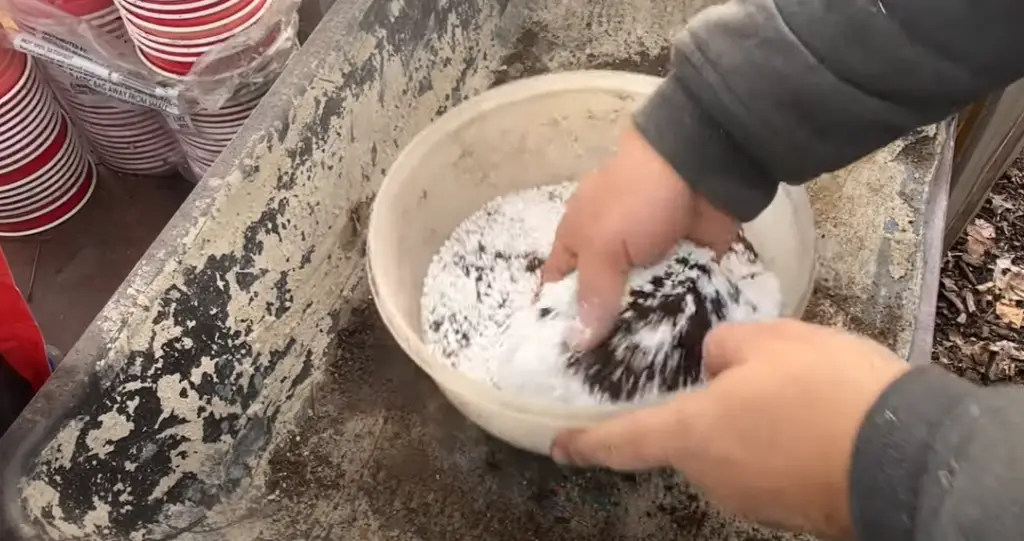
What To Consider as the Best Time to Plant Onions in Zone 7?
When planting onions in zone 7, the best time to sow onion seeds or sets is roughly eight to 10 weeks before the average last frost date. That timing is usually late winter and early spring for this region of the United States. The ideal soil temperature should be 45°F (7°C) or higher — as cool weather will delay germination. It is also essential to pay attention to the day length of your particular region, as certain varieties may require a specific amount of daylight before they will produce bulbs. [5]
Onions need full-sun and moist soil so it’s best to wait until all danger of frost has passed before planting them. You can start onions indoors about six weeks before you plan on transplanting them into the garden. Planting onions should be done at least two weeks after the last frost in order to avoid any late frosts that could damage your young plants.
Varieties of Onions to Plant
Onions come in many different shapes, sizes, and colors. Depending on the region where you plan to plant them, there are certain varieties that may be better suited for the climate. Here are a few of the most common onion varieties that you might want to consider when planning your garden:
Yellow Onion
This type of onion is widely available and can be found in most grocery stores. It’s a mild-flavored onion that has yellowish-brown skin and white flesh. The Yellow Onion is perfect for sautéing, roasting, or even adding raw to salads or sandwiches.
White Onion
Also known as Spanish onions, white onions have a mild flavor that’s slightly sweet. They are also typically used for sautéing, adding to salads and sandwiches, or cooked into sauces.
Red Onion
These onions are popularly used in salads or as a garnish because of their bright red color. Red onions have a milder flavor than yellow or white onions and are usually less pungent.
Shallot
Shallots are small in size and can range from golden brown to grayish-purple in color. The flavor of shallots is more delicate than that of regular onions, making them ideal for adding to light sauces, salads, or soups.

Pearl Onions
Pearl onions are much smaller than other onion varieties and have a milder flavor as well. They can be used in many of the same dishes as regular onions, such as roasting, sautéing, or adding to soups or stews. [6]
How to Grow Onions?
Growing onions can be a rewarding and enjoyable experience for gardeners of all levels. Here are some tips to ensure successful onion harvest:
Choose the right variety
Choosing the right variety of onion is an important step in successful growing. Bulb onions are the most popular variety for home gardeners, but there are also other varieties such as scallions or green onions. Choose a variety that best fits your needs and abilities.
Plant in the right soil
Onions love a rich and well-draining soil, so make sure to prepare the soil by adding plenty of organic matter like compost and manure. It’s also important to check the pH levels of your soil, as onions prefer a slightly acidic environment.
Provide adequate sunshine
Onions need plenty of sunlight in order to grow and mature successfully. Planting in an area that gets at least six to eight hours of direct sunlight each day will ensure that your onions get all the light they need.
Water regularly
Although it’s important to keep in mind not to overwater, onions still need consistent moisture in order to grow and mature properly. Make sure that your soil is kept moist at all times.

Thin out the seedlings
When the onion seedlings are at least four inches tall, it’s time to thin them out. Thin out the onions by leaving only six to eight inches between each one. This will ensure that your onions have enough room to grow and mature properly.
Fertilize as needed
Onions need to be fertilized regularly in order to stay healthy and produce a good harvest. Use a balanced fertilizer that is rich in nitrogen and phosphorus, such as fish emulsion or compost tea. [7]
How to Care for and Harvest Onions?
Onions are an essential part of many recipes, and they can add flavor and texture to a variety of dishes. Growing your own onions is easy and rewarding. Here’s what you need to know about caring for and harvesting this vegetable:
- Planting Onions
Onions require full sun and well-draining soil. Plant the onion sets in early spring as soon as the ground can be worked. Plant them 1-2 inches deep and 4-6 inches apart in rows spaced 12-18 inches apart. Water frequently during dry periods to ensure a successful harvest.
- Caring for Onions
During the growing season, weeding is important to reduce competition from weeds for water and nutrients. Mulching the onion beds with straw or other organic material will help keep the soil moist, control weeds, and increase yields.
- Harvesting Onions
Onions can be harvested when the tops are yellow and beginning to fall over. Pull them from the ground firmly but gently, taking care not to damage the bulbs. Leave them in a warm, dry place for 1-2 days to cure before eating or storing. If you don’t plan to eat your onions right away, they can be stored in a cool (32-40°F), dark place for several weeks.
- Preserving Onions
Onions can also be preserved by freezing or canning. To freeze onions, chop them into small pieces and blanch in boiling water for 2-3 minutes. Transfer to an ice bath and then pat dry before packing in freezer bags. For canning, follow a tested recipe and process filled jars according to the time specified in the instructions. [8]
How to Store Onions?
Onions are a versatile and delicious addition to many dishes, but they can be difficult to store without them going bad quickly. Fortunately, there are several ways to properly store them for maximum freshness.
Step 1: Choose the Right Onions
Choose onions that are firm and have a dry surface. Avoid any with soft spots, sprouts or green shoots.
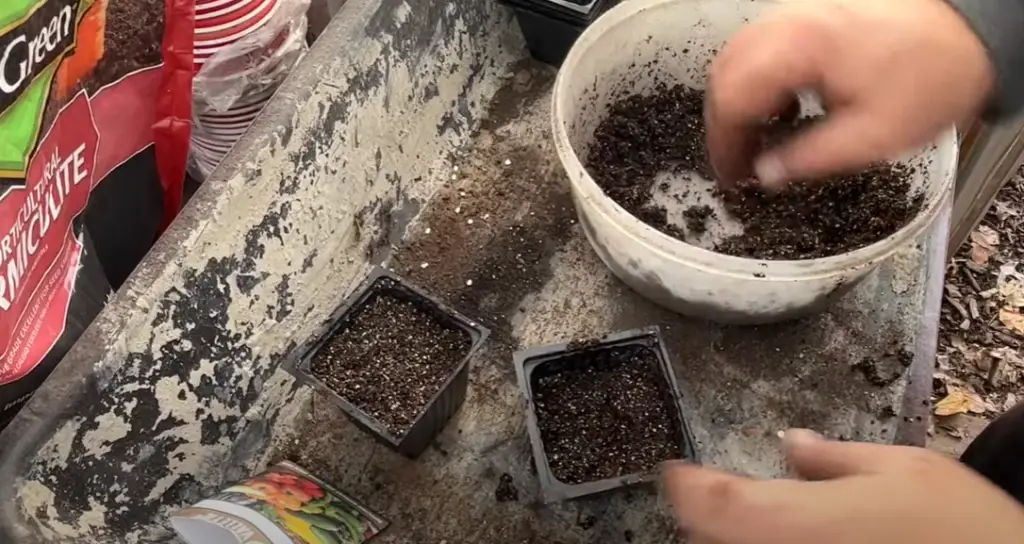
Step 2: Refrigerate or Freeze Onions
Store onions in an open container away from potatoes in a cool, dry area of the refrigerator. This will keep them fresh for up to two weeks. For longer storage, onions can be peeled and frozen in an airtight container for up to six months.
Step 3: Store Uncut Onions Away From Light and Heat Sources
Keep uncut onions away from light and heat sources, as this will cause them to spoil more quickly. The best place to store them is in a cool, dry pantry.
Step 4: Use Onion Bags or Netting
If you’re storing multiple onions, store them in mesh bags or netting. This will protect the onions from bruising and mold growth.
Step 5: Replace Onions When Necessary
Onions should be replaced after two weeks of storage for maximum freshness. Additionally, if any onions appear soft or discolored, discard them immediately.
Step 6: Clean and Store Onion Peelings
Onion peelings can be cleaned and stored for use in stock or other dishes. Place the peelings in a sealable plastic bag and store them in the freezer until needed.
Additional Tips
- Cut onions should be stored in a sealed container in the refrigerator.
- When storing multiple onions, separate them with sheets of waxed paper to prevent them from sticking together.
- Don’t cut an onion until you’re ready to use it.
- If onions bring tears to your eyes, try wearing swimming goggles while you’re cutting them.
- To avoid the burning sensation of chopping onions, chill them in the fridge for 30 minutes before cutting.
- Keep uncut onions away from other fruits and vegetables, as this may cause them to spoil faster. [9]
Factors That Affect the Optimal Time to Plant Onions?
Onions are a versatile vegetable that can be grown in many climates. However, the optimal time to plant onions varies depending on your climate and local growing conditions. Some common factors that affect the optimal planting times for onions include soil temperature, day length, rainfall, and seasonality.
- Soil temperature is an important factor when determining when to plant onions. Onions need soil temperatures of at least 55°F (12.8°C) for good germination and growth. Planting onions when the soil is too cold can lead to slow or incomplete germination, resulting in smaller yields.
- Day length also affects when to plant onions. Day length varies from region to region, so it’s important to consider when planning your planting schedule. In general, onions need at least 14 hours of daylight each day for optimal growth.
- Rainfall is another factor to consider when determining the best time to plant onions. Onions require a steady supply of moisture throughout their growing season in order to produce healthy bulbs. Planting too soon after a heavy rain can lead to seed rot and slow growth, while planting too late can result in smaller yields.
- Seasonality is also a key factor when determining the optimal time to plant onions. In general, onions should be planted in the early spring or late summer when soil temperatures and day length are most favorable for growth.
In addition to these factors, it’s also crucial to consider your local climate and soil conditions. Researching your region’s seasonal weather patterns can help you determine when is the optimal time to plant in your area. Consulting with local agricultural experts or experienced gardeners can also provide valuable insight into when is the ideal time for planting in your particular location. [10]
FAQs
What is the best month to plant onions?
The best month to plant onions depends on your climate and the variety of onion you are planting. Generally, they should be planted as soon as the ground can be worked in early spring. In colder climates, March or April may be better for planting.
For warmer climates, February or even January may be more suitable for onion planting. You will also want to consider variations in temperature, soil quality, and moisture levels when deciding the best time to plant. It is also important to note that onions prefer long days of sunshine, so you should take into account the amount of sun your garden will receive before you plant.
What zone do onions grow best in?
Onions grow best in zones 3-10. Onions should be planted in moist, well-drained soil that is high in organic matter and pH balanced. They should be planted so the neck of each onion is 1-2 inches below the surface of the soil, spaced 4-6 inches apart. Mulching around onions helps retain moisture and prevent weeds from encroaching.
Onions require plenty of sunlight for optimal growth and production of edible bulbs. Growers should select an area that gets at least six hours of direct sun each day. In areas where the temperature gets very hot, providing some shade can help protect onions from the intense heat. Watering onions regularly will help them grow healthy and produce large bulbs. Aim to keep the soil moist but not waterlogged.
What is the best weather to plant onions?
The best weather for planting onions depends on your location and climate. Generally, the warmest months are the best time to plant onions. In cooler climates, you should wait until late spring or early summer when temperatures reach at least 50-60°F (10-15°C). Onions need long days of sunny weather in order to grow properly, so make sure to plan your planting for a period of maximum sun exposure.
It is important to note that onions prefer relatively dry soil in order to thrive, so avoid watering them too frequently. If the weather is particularly hot and dry, you may need to water more often than usual. If temperatures are too cool or damp, the onion bulbs may rot before they have a chance to grow. In this case, it’s best to wait until the weather warms up before planting your onion crop.
Do onions grow better in full sun or shade?
Onions prefer full sun for optimal growth and health. However, in hot climates, some shade during the hottest part of the day can help protect onions from bolting or becoming bitter. When planting onions, choose a spot that gets at least six hours of direct sunlight each day.
Onions are shallow rooted plants and require consistent moisture for optimal growth. For this reason, it is important to keep the soil around them well mulched and watered. Additionally, removing weeds from the area helps reduce competition for resources and keeps onions healthy.
Onions can be easily intercropped with other vegetables in a small space as they take up relatively little ground space. This makes them an ideal choice for planting in a home garden or allotment.
Useful Video: Growing Onions from Seed – Zone 7a
To Sum Up
Planting onions in zone 7 doesn’t require a lot of effort or knowledge, however, yield better results when done right. A good rule of thumb is for farmers to plan and prepare ahead so their onion harvest can be as successful as possible. While it may seem confusing due to the varying rules of each USDA Hardiness zone 7 region, the time frame for planting typically ranges from early March to late April depending on which part of zone 7 you live in. Additionally, most gardeners try to get their onions seeds planted about one month before the last expected frost date. Taking into account soil temperature and other environmental factors, many gardening experts suggest an optimal planting window in zone 7 usually between mid-March and mid-April. With these suggestions in mind, along with a little preparation beforehand and extra attention throughout the growing process, gardeners can look forward to a bountiful harvest season!
References:
- https://planthardiness.ars.usda.gov/
- https://www.marthastewart.com/8375670/usda-plant-hardiness-zones
- https://www.sciencedirect.com/topics/agricultural-and-biological-sciences/hardiness-zone
- https://www.floralandhardy.co.uk/everything-you-should-know-about-gardening-zones-in-the-uk/
- https://www.floridayards.org/when-to-plant-onions-in-zone-7/
- https://thegardeningdad.com/best-time-to-plant-onions-in-hardiness-zone-7/
- https://bonnieplants.com/blogs/how-to-grow/growing-onions
- https://www.gardeners.com/how-to/harvest-cure-store-onions/7366.html
- https://www.allrecipes.com/article/how-to-store-onions/
- https://aggie-hort.tamu.edu/plantanswers/publications/onions/ONIONGRO.html





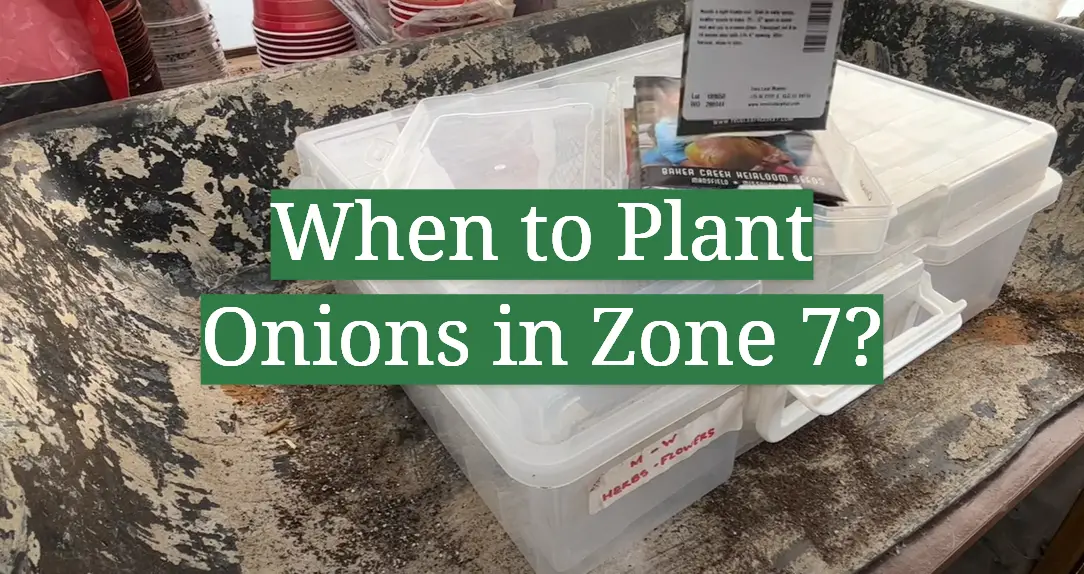

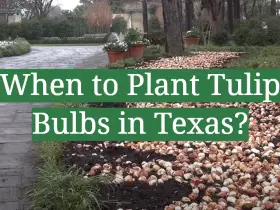
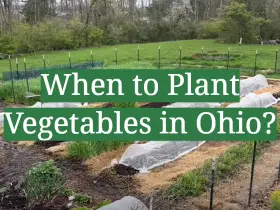

Leave a Reply
View Comments